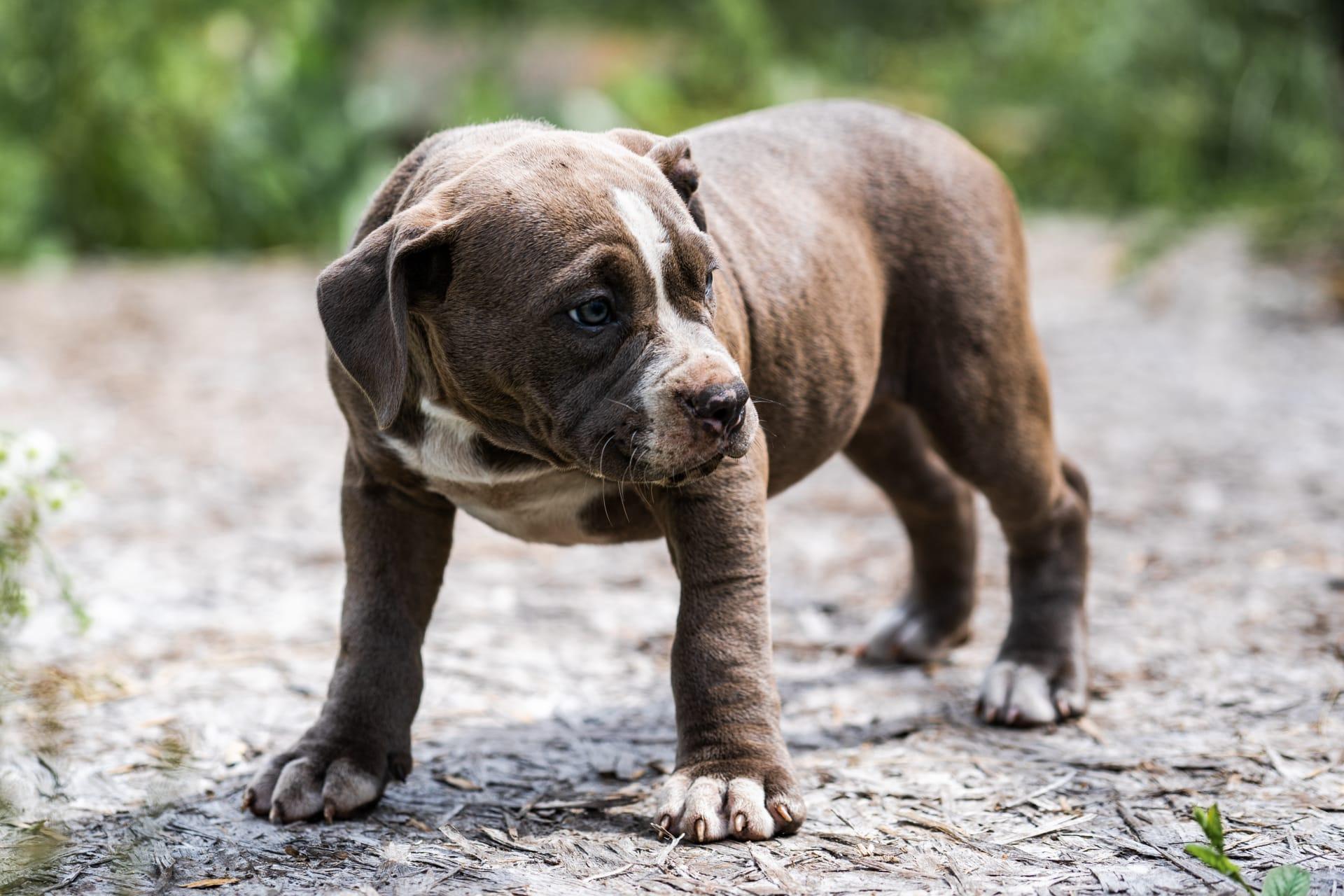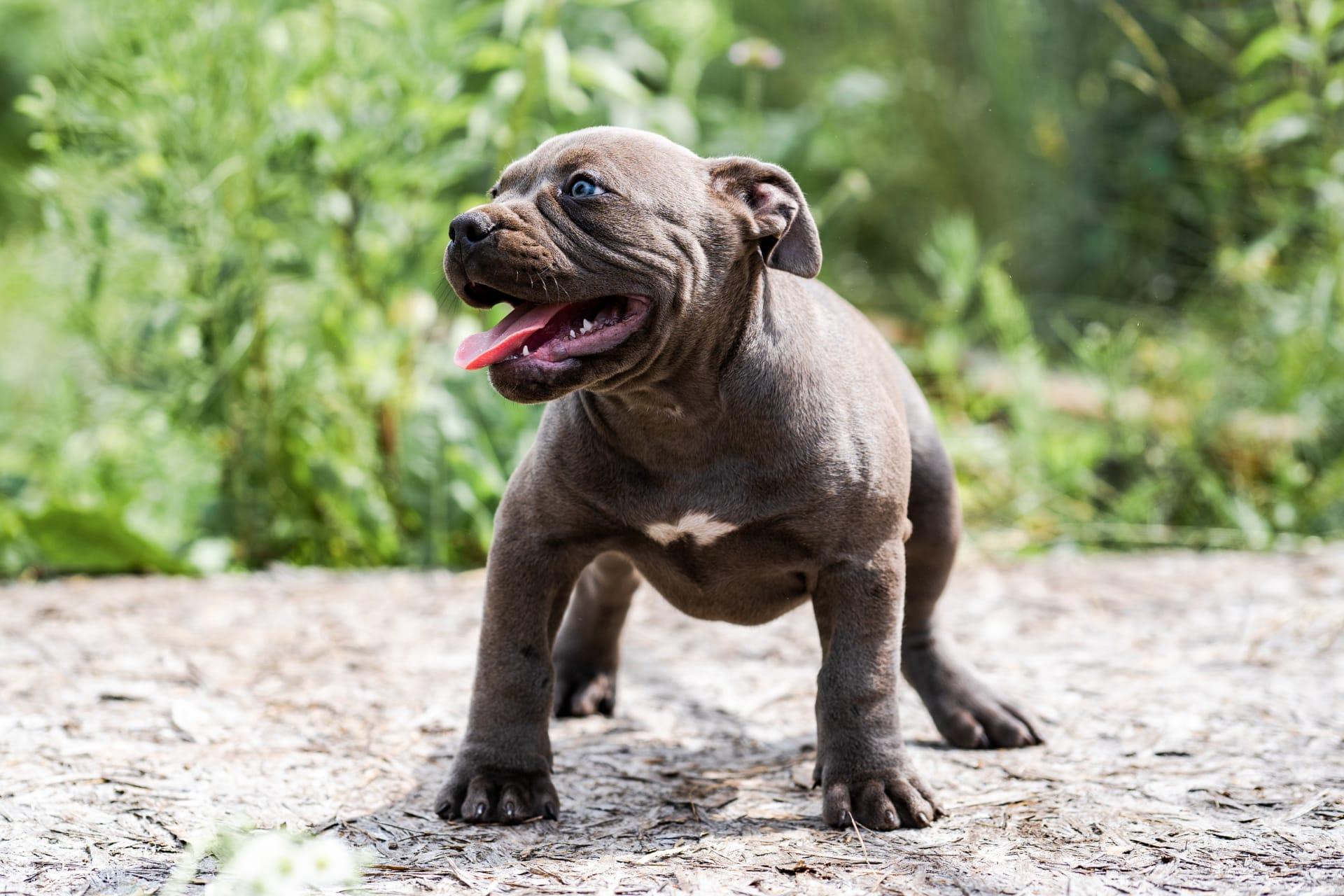Pitbull Characteristics
- Home /
- Mini Encyclopedia /
- Animal /
- Pitbull Characteristics
1
Pitbulls, known for their muscular build and strength, showcase a variety of sizes ranging from medium to large, with adult dogs weighing between 30 to 85 pounds (14 to 38.5 kilograms). They possess a well-defined physique characterized by broad shoulders, a sturdy back, and powerful legs. The coat of a Pitbull is short, smooth, and can come in nearly any color or color combination. These dogs are recognized for their durability and robust health, typically enjoying a lifespan of 12 to 16 years, which is relatively long for dogs of their size.
One of the most remarkable organs in a Pitbull is its jaw. The structure of a Pitbull's jaw provides a powerful bite, which is often misunderstood. Their jaws do not "lock," but they do have a significant biting force due to strong muscles and a wide skull. This strength allows them to hold onto objects firmly, which was a trait originally bred into them for sports like bull-baiting. Today, this powerful bite can be channeled into positive activities like strong grip toys or sports like weight pulling, showcasing their strength and determination.

2
Question: Are Pitbulls inherently aggressive towards other dogs and humans?
Answer: Pitbulls are not inherently aggressive towards other dogs or humans. Aggression, like in all dog breeds, can be influenced by many factors including genetics, upbringing, socialization, and training. Pitbulls are known for their loyalty, intelligence, and affectionate nature towards their families. Proper socialization, training, and responsible ownership are crucial in shaping a Pitbull's behavior. Studies and canine experts agree that a dog's breed alone is not a reliable predictor of aggressive behavior. It's the individual dog's experiences, upbringing, and the owner's ability to provide proper training and socialization that play a significant role in their behavior.

3
Pitbulls are energetic and athletic dogs that thrive on physical activity. They excel in activities that challenge both their mind and body, such as agility training, obedience competitions, and even therapy work. Daily exercise is essential for a Pitbull, including walks, runs, or playtime in a secure area. Their athleticism is complemented by their endurance and agility, making them capable of impressive physical feats when properly trained and conditioned.
When it comes to eating, Pitbulls do best on high-quality dog food that is appropriate for their age, size, and energy level. They can be prone to obesity if overfed, so it's important to monitor their diet and ensure they get enough physical activity to maintain a healthy weight. Pitbulls are not picky eaters, but their diet should be balanced and may include lean meats, grains, and vegetables, all of which contribute to their overall health and vitality.

4
Pitbulls are adaptable and can thrive in various environments, from apartments to large homes with yards, as long as they receive adequate exercise and mental stimulation. They do best in environments where they can be part of the family and engage in daily activities. Extreme temperatures should be avoided, as their short coat provides little protection against severe cold, and they can overheat in extreme heat due to their muscular build.
In terms of reproduction, Pitbulls reach sexual maturity around 6 to 12 months of age, though responsible breeders wait until they are at least 2 years old to breed, ensuring they are mature both physically and mentally. A typical litter size can range from 5 to 10 puppies. Responsible breeding practices are crucial for the health and well-being of both the mother and her puppies, including health screenings for common genetic issues like hip dysplasia and certain heart conditions.

5
Book: "Pit Bull: The Battle over an American Icon" by Bronwen Dickey. This book delves into the complex history of the Pitbull breed in the United States, tracing its evolution from a beloved companion and working dog to a breed embroiled in controversy. Dickey's work, published in the 21st century, challenges the myths and misconceptions surrounding Pitbulls, backed by extensive research and interviews. The narrative not only explores the breed's characteristics and the societal factors that have shaped its reputation but also offers a broader commentary on human-animal relationships and the impact of breed-specific legislation.
Book: "The Pitbull Guide: Learn Training, Behavior, Nutrition, Care and Fun Activities" by Chad Zetrouer. This comprehensive guide, also from the 21st century, provides Pitbull owners with practical advice on every aspect of caring for their dog, from puppyhood through adulthood. Zetrouer's book covers essential topics such as training techniques that cater to the Pitbull's intelligent and eager-to-please nature, nutritional advice to keep them healthy and energetic, and tips for engaging them in activities that leverage their physical and mental capabilities. The author emphasizes positive reinforcement and responsible pet ownership, aiming to help readers build a strong, respectful relationship with their Pitbulls.